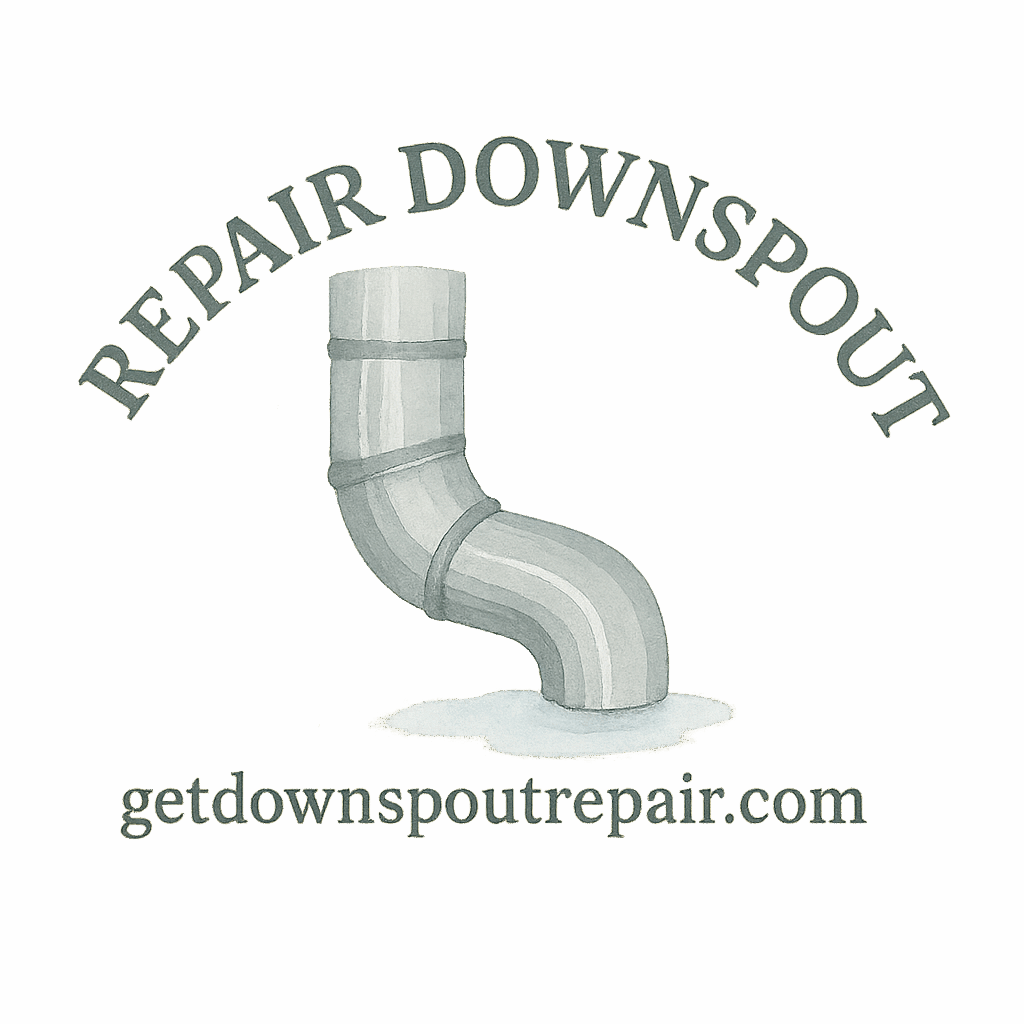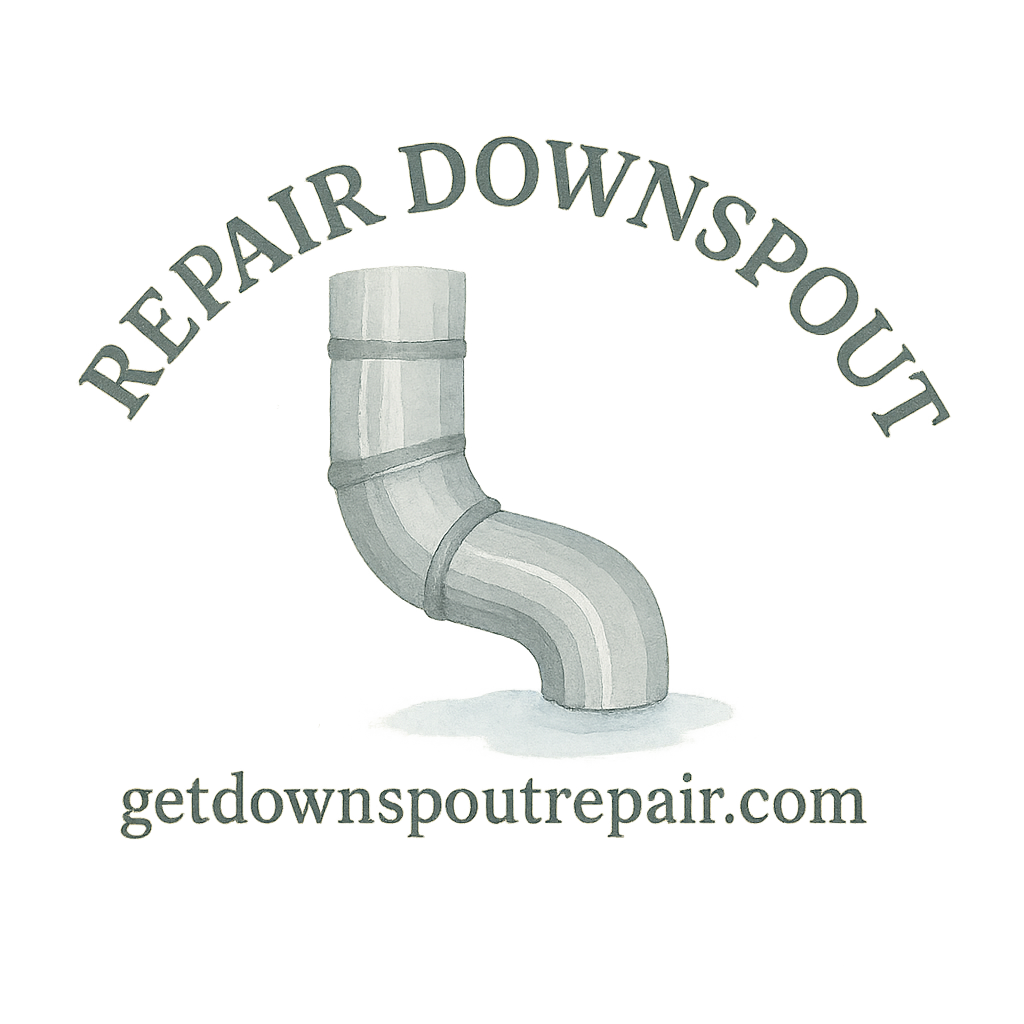If you live in a multi-story home, your downspouts are working overtime. They’re the silent protectors that guide rainwater safely away from your foundation, preventing costly water damage. But here’s the kicker—when they fail, the impact is magnified. That’s why learning a few DIY downspout repair tricks can save you time, money, and headaches.
In this guide, we’ll cover six proven methods to handle common downspout problems, step-by-step, tailored for multi-story homes. Ready to roll up your sleeves? Let’s dive in.
Why Downspout Repair Matters for Multi-Story Homes
Multi-story homes present unique challenges for drainage. Unlike single-story houses, water travels a longer distance through taller downspouts, meaning more stress, higher risks of leaks, and greater chances of disconnection.
The Hidden Risks of Ignoring Downspout Issues
Think a small crack or clog isn’t a big deal? Think again. Neglected downspouts can cause:
- Basement flooding
- Foundation cracks
- Rotten siding
- Mold growth
Ignoring these problems often leads to expensive structural repairs—far costlier than a quick DIY fix.
Benefits of Regular Downspout Maintenance
Keeping your downspouts in check comes with perks:
- Extends the life of your gutters
- Saves money on major repairs
- Protects your landscaping from washouts
- Preserves your home’s value
If you’re curious about the fundamentals, check out this helpful guide on repair basics.
Tools and Materials You’ll Need
Before jumping into repairs, stock up on the right tools. You don’t want to be climbing up and down a ladder mid-repair just because you forgot something.
Basic Repair Tools for Homeowners
- Ladder (with stabilizers for multi-story use)
- Screwdriver or drill
- Hacksaw or tin snips
- Pliers
- Measuring tape
Safety Gear for Multi-Story Repairs
Working on tall homes isn’t the same as fixing a shed gutter. Don’t skip safety:
- Safety harness and rope
- Work gloves
- Non-slip boots
- Safety goggles
Cost-Friendly Materials You Can Use
Not everything needs to be expensive. Check out this breakdown of costs and materials before you overspend.
DIY Downspout Repair Trick #1: Clearing Tough Clogs
Clogs are the #1 enemy of downspouts, especially in tall homes where debris has a long way to travel.
Signs Your Downspout is Clogged
- Water overflowing from gutters
- Leaks at elbow joints
- Splashing near the foundation
Step-by-Step Guide to Unclogging
- Remove the bottom elbow and check for debris.
- Use a plumber’s snake or pressure washer to dislodge blockages.
- Flush with a garden hose until water runs freely.
- Reattach the elbow securely.
For more hacks, see this detailed resource on DIY fixes.
DIY Downspout Repair Trick #2: Fixing Loose or Detached Sections
Multi-story downspouts face a lot of stress from wind and water weight, making them prone to detachment.
Why Downspouts Detach in Multi-Story Homes
- Inadequate brackets
- Rusted screws
- Thermal expansion and contraction
How to Reattach Securely
- Replace old screws with rust-resistant options
- Add extra brackets every 6–8 feet
- Tighten connections at joints
Check out tips from the downspout expert community for reinforcement tricks.
DIY Downspout Repair Trick #3: Sealing Leaks and Cracks
Leaks may look harmless at first, but over time, they erode siding and create slippery walkways.
Identifying Hidden Leaks
Run water through your gutter and look for drips along the seams.
The Best Sealants for Long-Lasting Fixes
- Silicone-based caulk for flexibility
- Aluminum repair tape for quick patches
- Rubberized gutter sealant for larger cracks
Need a full walkthrough? This repair guide dives deeper into sealing methods.
DIY Downspout Repair Trick #4: Extending Downspouts for Better Drainage
What good is a downspout if water pools near your foundation? Extensions are the unsung heroes.
Why Extensions Are Critical
Without them, water seeps into your basement, slowly compromising the foundation.
Simple Methods to Add Extensions
- Snap-on plastic extensions
- Flexible corrugated hoses
- Underground drain pipe connections
Get more insights on drainage protection for long-term solutions.
DIY Downspout Repair Trick #5: Adjusting Angles and Slopes
Gravity is your best friend—if you set the slope right.
How Poor Slope Affects Drainage
A poorly angled downspout leads to standing water, leaks, and added stress on brackets.
Correcting Slope Without Replacing
- Use spacers behind brackets
- Adjust elbow angles slightly
- Ensure a continuous downward slope
For budget-friendly adjustments, peek at these budget tips.

DIY Downspout Repair Trick #6: Reinforcing Multi-Story Downspout Stability
Tall homes need stronger support to withstand heavy rains and high winds.
Extra Brackets for Multi-Story Homes
Install brackets every 5–6 feet for added strength.
Weatherproofing for Long-Term Durability
- Apply rust-resistant coating
- Wrap vulnerable joints with waterproof tape
- Replace metal brackets with premium-grade ones
See more quality products designed to last.
Common Mistakes to Avoid in DIY Downspout Repair
Even the handiest DIYer can slip up. Here’s what to avoid:
Overusing Sealants
More isn’t always better. Too much sealant actually traps moisture.
Neglecting Multi-Story Safety
Skipping a safety harness on a three-story home? That’s asking for trouble. Always prioritize safety first.
For rookie errors, explore this beginner repair guide.
When to Call a Professional
DIY is great, but it has limits.
Signs You Need Expert Help
- Persistent leaks after multiple repairs
- Structural foundation damage
- Downspouts beyond reach of your equipment
Costs vs. DIY Savings
Yes, DIY saves money, but sometimes calling pro help is the smarter choice long-term.
Preventing Future Downspout Problems
Prevention beats cure every time.
Seasonal Maintenance Tips
- Clean gutters every spring and fall
- Inspect brackets before storm season
- Flush downspouts after heavy rains
Budget-Friendly Prevention Hacks
- Install gutter guards to prevent clogs
- Use splash blocks to redirect water
- Perform quick gutter cleaning checks regularly
Conclusion
Multi-story homes demand extra care when it comes to downspout repair. From clearing clogs to reinforcing brackets, these six DIY downspout repair tricks help keep your home safe, dry, and damage-free. But remember—if repairs get too complex, don’t hesitate to bring in an expert. After all, protecting your home from water damage is always worth the effort.
FAQs
1. How often should I check my downspouts in a multi-story home?
At least twice a year—preferably in spring and fall—to catch problems early.
2. What’s the cheapest way to extend a downspout?
A flexible corrugated extension is affordable, easy to install, and works well.
3. Can I repair a leaking seam with duct tape?
Temporary, yes. But for long-term fixes, use silicone caulk or gutter sealant.
4. Are gutter guards worth installing for multi-story homes?
Yes, they significantly reduce clogging and minimize dangerous climbs for cleaning.
5. What’s the safest way to unclog a tall downspout?
Use a plumber’s snake or power washer from the ground before climbing ladders.
6. How do I know when to replace instead of repair?
If your downspout is rusted through, bent beyond fixing, or repeatedly detaching, replacement is best.
7. Can I install splash blocks myself?
Absolutely. Just place them under the downspout’s end to direct water away from your foundation.


